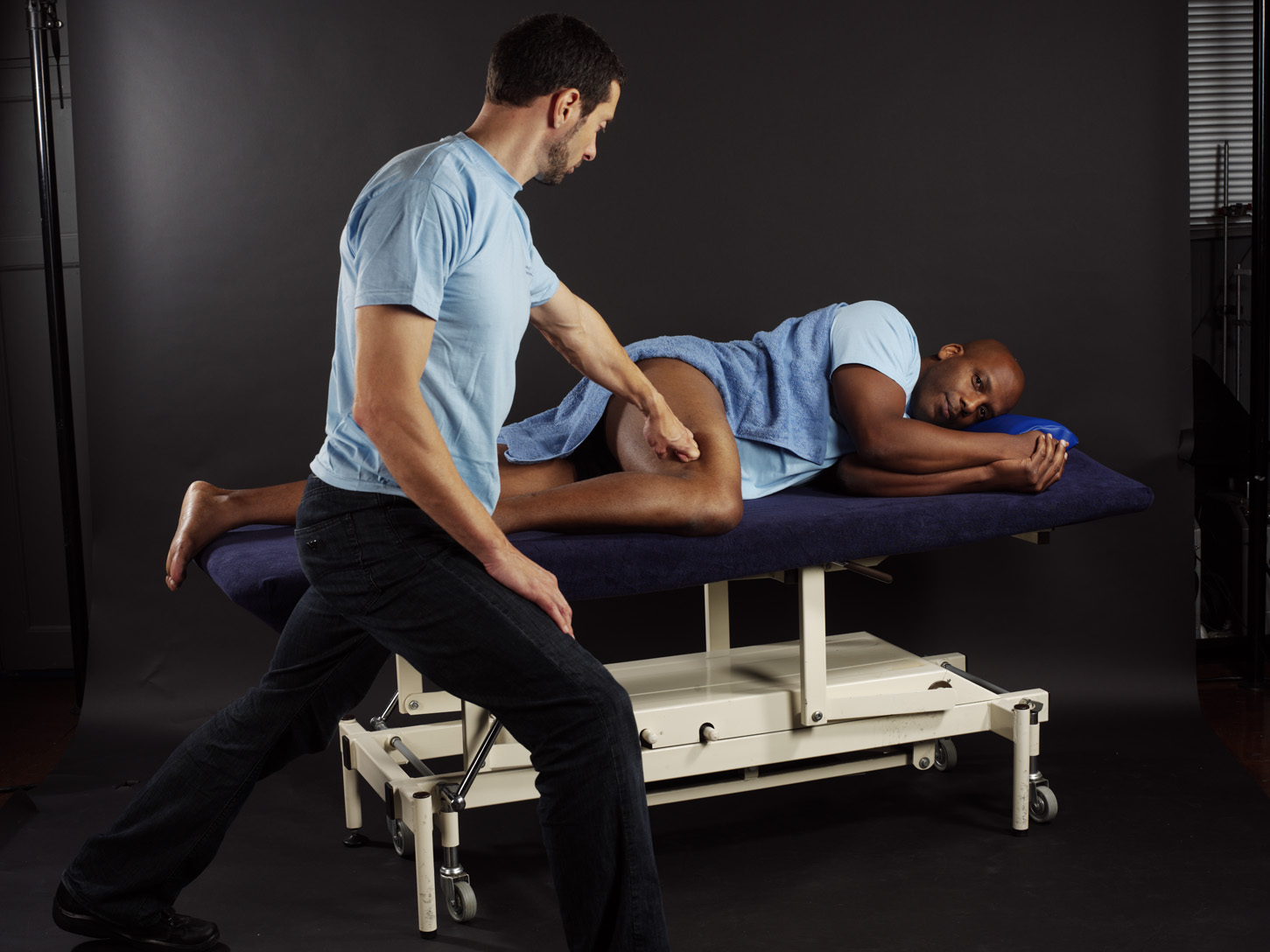Massage Course Information
Click here to go to the LSSM website
Our Diploma course students have unlimited access to our online Video Library which has over 50 videos, all exclusive to us, which cover all aspects of your course.
Importantly all practical hands-on techniques are still taught in the classroom with supervision and guidance from highly experienced tutors, this is important because we know that this is the only effective way to teach them properly. Our videos provide additional support to the classroom experience and are not intended to replace any classes.
Home study and practice
To devote as much time as we can to the practical hands-on training in the classroom, most of the underpinning theory and knowledge is taught through online written assignments. There is a lot to know but our assignments have been very carefully designed to make it as easy as possible to learn. All questions have guidance notes with resources and references to help find the information needed and tutors are available to give extra support if necessary.
There are 4 assignments and although they have recommended hand-in dates, because we want them to be done well rather than rushed we always allow extra time. It may take the average student about 4-5 hours per week to complete it all on time but some students can sometimes take up to a year after the practical exam to complete all the written assignments.
100 practice treatments outside the classroom (on average about 2 treatments per week). You start by treating friends and family, then as your skill, knowledge and confidence grows, your friends and family start to recommend you to their friends and family. In this way your client base increases as you progress so by the end of the course you should already have enough clients to start your professional practice with.
Start earning after 6 months
A Certificate of competence awarded and issued after 6 months (with successful completion of course assessments and assignments at this stage) enabling you to work and earn money doing Sport & Therapeutic massage.
3 Case Studies to be completed towards the end of the course.
1 Practical exam at the end of the course.
Assessment of knowledge and understanding
We have a unique online assignment system which allows students to improve and resubmit answers they may have received a low mark for. We also have a series of short tests during the course. Our marking procedure are audited annually by BTEC and achieve the necessary academic assessment criteria without requiring a theory exam at the end of the course.
The LSSM has a no discrimination policy & students with disabilities are welcome to apply.
The LSSM Diploma Syllabus
Click here to go to the LSSM website
The London School of Sports Massage (LSSM) pioneered Sports massage and Soft Tissue Therapy and as the leader of the industry we are continually developing our training to better meet the needs of our clients and our students clients. Through this journey we have learned that clinical success involves more than just the individual techniques we use. So Soft Tissue Therapy is an approach to musculoskeletal care and not a stand alone set of manual techniques.
Soft Tissue Therapy is a Person Centred Approach to the Assessment, Treatment and Rehabilitation of minor and chronic musculoskeletal injuries and pain.
Soft Tissue Therapy is an interplay between Therapeutic Alliance, Hands-on techniques and Movement-based Rehabilitation all within a Biopsychosocial Framework of care.
Although this has always been an underlying concept behind the ISRM training programme we have now formalised it with three newly featured topics of Underpinning Theory.


